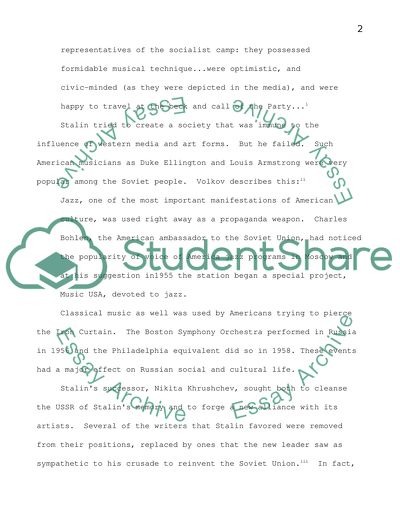Cite this document
(The Magical Chorus - a History of Russian Culture from Tolstoy to Solz Book Report/Review, n.d.)
The Magical Chorus - a History of Russian Culture from Tolstoy to Solz Book Report/Review. Retrieved from https://studentshare.org/history/1577616-book-report-and-interpretation-on-the-magical-chorus-a-history-of-russian-culture-from-tolstoy-to-solzhenitsyn-by-solomon-volkov
The Magical Chorus - a History of Russian Culture from Tolstoy to Solz Book Report/Review. Retrieved from https://studentshare.org/history/1577616-book-report-and-interpretation-on-the-magical-chorus-a-history-of-russian-culture-from-tolstoy-to-solzhenitsyn-by-solomon-volkov
(The Magical Chorus - a History of Russian Culture from Tolstoy to Solz Book Report/Review)
The Magical Chorus - a History of Russian Culture from Tolstoy to Solz Book Report/Review. https://studentshare.org/history/1577616-book-report-and-interpretation-on-the-magical-chorus-a-history-of-russian-culture-from-tolstoy-to-solzhenitsyn-by-solomon-volkov.
The Magical Chorus - a History of Russian Culture from Tolstoy to Solz Book Report/Review. https://studentshare.org/history/1577616-book-report-and-interpretation-on-the-magical-chorus-a-history-of-russian-culture-from-tolstoy-to-solzhenitsyn-by-solomon-volkov.
“The Magical Chorus - a History of Russian Culture from Tolstoy to Solz Book Report/Review”, n.d. https://studentshare.org/history/1577616-book-report-and-interpretation-on-the-magical-chorus-a-history-of-russian-culture-from-tolstoy-to-solzhenitsyn-by-solomon-volkov.


